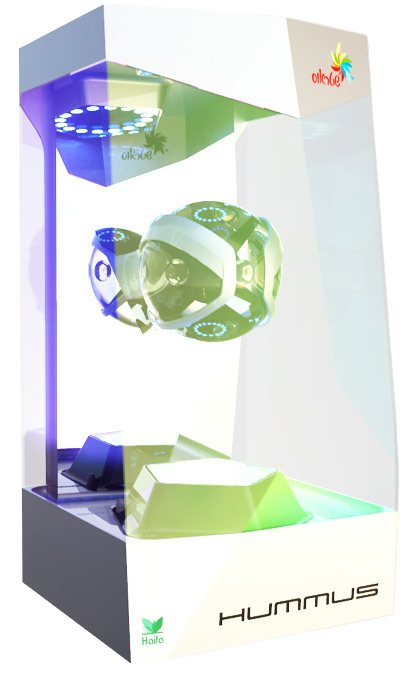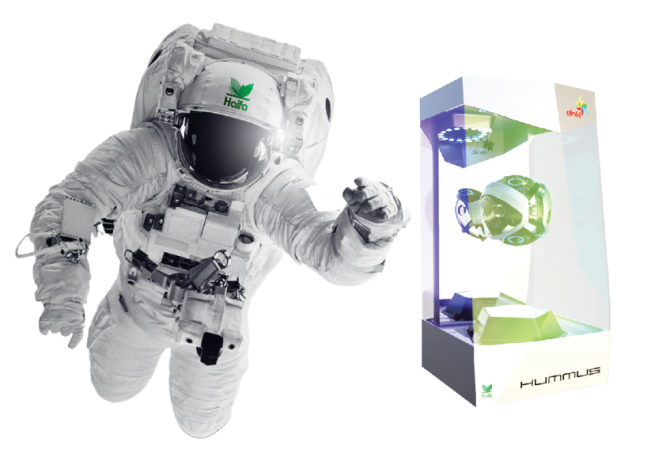Agricultural systems for space have been considered since the early 20th century. It all began with the work of Konstantin Tsiolkovsky a Soviet rocket scientist who pioneered astronautic theory. Tsiolkovsky while developing the mathematics of spaceship propulsion, visualized isolated greenhouses in space where humans and plants might coexist. Humans would give the carbon dioxide, while plants would offer the food and oxygen, forming a microcosm of Earth.
By the 1950s, The US Air Force along with NASA started developing algae-based life support systems for potential space travelers.
In the 1970s and 1980s, the Soviets went even farther by transporting crops like onion and flax to their first space stations, showing that living plants could thrive in microgravity. Simultaneously, they constructed isolated, enclosed habitats on Earth, similar to Tsiolkovsky's greenhouses, to investigate how plants could provide food and handle human waste without the need for external assistance.
Since then NASA made a long way. NASA Kennedy Space Center astrobotanist Gioia Massa succeeded to perform a space gardening experiment - Vegetable Production System — which has been growing crops from seed on the international space station since 2014.
the system is simple and user-friendly, housed in a unit size of a mini-fridge and designed for crew interaction. Astronauts load it up with grow bags, which contain seeds suspended in a coated clay substrate impregnated with special fertilizer. Then the crew do their best to nurture growth by controlling colored LEDs and electric fans.

Image Credit: NASA
Irrigation is one of the most difficult problems to solve. In microgravity, water acts in an unexpected way, and its movement is considerably more difficult to anticipate, thus drops can both drown and parch the roots. Despite the fact that the problem has not been solved, the ISS (International space) crew has been able to produce a variety of "pick and eat" veggies such as romaine lettuce, cabbage, and kale. The output is little, offering only a taste of fresh vegetables to the astronauts, but even a single leaf of lettuce each month may make a significant difference after weeks of blander food.
Fast forward to 2022
"Hummus In Space" mission - led by Yonatan Weintraub (Stanford University) , is all about cultivating chickpeas in space. This experiment will make fundamental advancements in synthetic biology and opto-genetics, in support of space settlements, by performing a chickpea growth experiment on the International Space Station.
space settlements, by performing a chickpea growth experiment on the International Space Station.
Haifa Group takes part in the planning of a miniature greenhouse and setting a nutrition protocol based on our knowledge and innovative plant nutrients.
Perfecting techniques for control (part of a field called synthetic biology) could be essential to growing crops in a space station or on the moon or other planets — because it could allow for plants to sprout or fruit on command, making them a more reliable food source for astronauts, compared with the higgledy-piggledy growth of nature.
The space hummus experiment will blast off for the International Space Station in early 2022, traveling on one of Elon Musk’s SpaceX rockets as part of a private expedition via Axiom Space, the first mission to the space station that will have a fully private crew.
We can't wait to see what will happen next...
Stay tuned.




